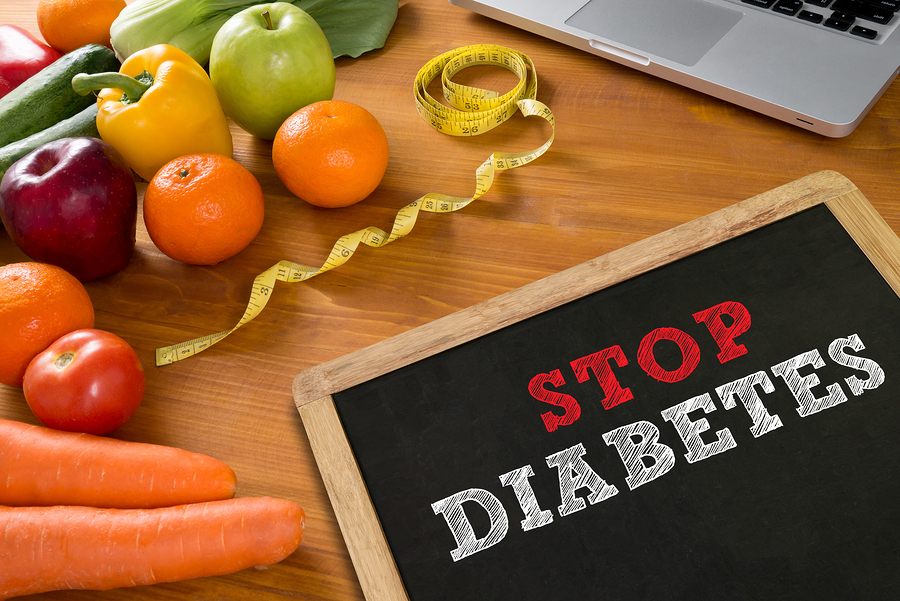- Make It Yourself Lavender Heart-Shaped Bath Bombs!
- 20 Things You Never Knew About “Down There”
- 12 Best Foods For Those Suffering From Arthritis Pain
- 12 Personal Hygiene Mistakes Almost Everyone Makes (Mom Never Told You About #4!)
- 15 Medicinal Plants And Herbs From The Cherokee People
- 12 Mind-Blowing Benefits Of Drinking Coconut Water During Pregnancy
- 12 Outstanding Winter Foods That Won’t Fatten You Up Like A Christmas Turkey
US Citizens: The State You Live In May Increase Your Risk Of Diabetes

Photo credit: bigstock.com
With the spread of processed foods and sugary snacks in modern times, it is no surprise there has been an increase in diseases. Some regions of the world seem to be more heavily affected by this problem than others, even within the same country. In the United States, data analysis has revealed that the state you reside in can play a significant role in determining how likely you are, statistically speaking, to get diabetes. In this article, we’ll explore what regions of the country are most affected by diabetes, and practical steps you can take to reduce your chances of getting the disease.
A recap on diabetes
Before delving into the data, let’s do a quick review of what we’re talking about. Diabetes is a disease. There are two primary forms of diabetes, type 1 and 2. Type 1 is a very rare condition where the body does not produce its own insulin. Only 5 percent of diabetics have this form, and diet and lifestyle don’t play a role in whether or not someone develops it, so this condition will not be the focus of this discussion.
Type 2 diabetes, on the other hand, is by far the most common, and is directly linked to and affected by the dietary habits of those who have it. Type 2 diabetes is a condition where the body produces too much blood sugar, otherwise known as hyperglycemia. In addition to this, people with type 2 diabetes are unable to use the insulin their body produces properly, a condition referred to as insulin resistance, which makes the blood sugar problem even worse.
Symptoms of type 2 diabetes include vision problems, weight loss, increased hunger and thirst, excessive urination, fatigue, and dark patches forming on the skin. It also leads to an increased risk of high blood pressure, cardiovascular disease, kidney disease, and nerve damage.
Continue to Page 2

































